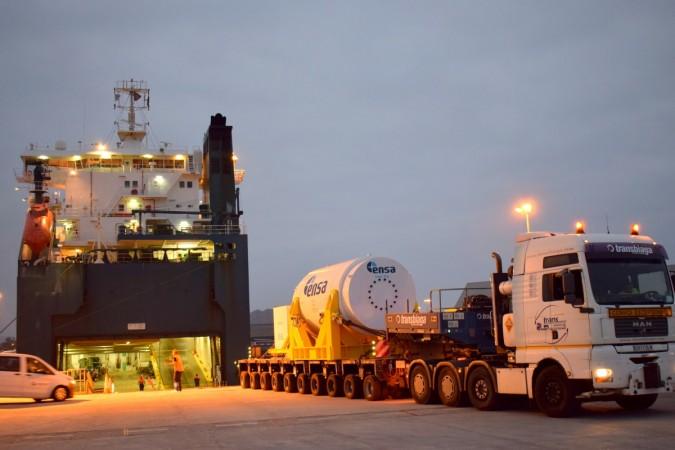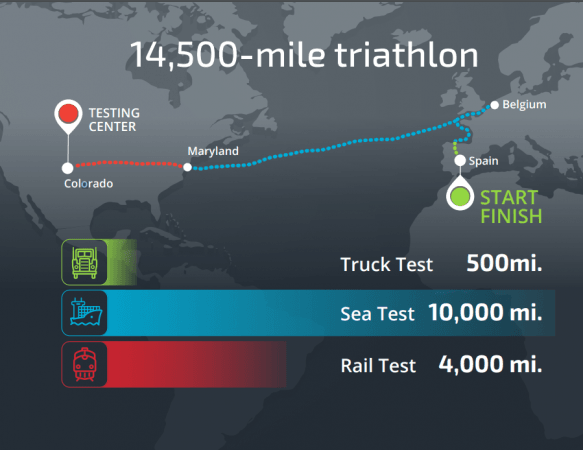
Nuclear waste or the spent material from a nuclear power plant is among the most difficult and dangerous materials to dispose of. For the most part, nuclear waste is stored on site in power plants, but over the years, there have been several attempts made to set up a central, underground repository where all the wast can be kept in perpetuity.
While there is much debate about where such a repository could be set up, there is still a need for containers that effectively hold nuclear waste without any leaks. When waste is transported, it is done in these containers that are nearly indestructible- notes a report by the Nuclear Regulatory Commission (NRC).
If the government does decide on a location where the repository can be finally built, there will be a lot transporting of nuclear waste happening - on public roads, so it needs to be safe because the risk of nuclear contamination is too high to take lightly. Such containers already exist. Called casks, they are reliable and tough, the NRC report points out that in over 40 years of usage, not even one container has leaked. The kind of testing these casks go through is gruelling.
Strapped to trucks, the testing normally involves slamming the truck into concrete walls- setting it on fire in a pool of jet fuel, having trains ram it at high speeds and dropping it. The casks have never given in or broken. While transporting nuclear waste, "The risk is very low," says Sylvia Saltzstein, manager of spent nuclear fuel, storage, transportation, and safeguards at Sandia National Laboratories.
"I would have no qualms about this driving through my neighbourhood."
What thought happens to nuclear waste inside the casks during all this roughing up and testing is still being studied by scientists. Nuclear fuel, notes a report by the Verge, is made by filling metal pipes with uranium pellets and these individual rods are bundled up together, called a fuel assembly, these are placed inside baskets, which in turn is placed in a canister. If spent fuel needs to be moved out of a facility, it is the canisters as a whole that will be moved out and placed in casks on trucks, trains, or by barge.

Researchers at Sandia National Laboratories, reportedly teamed up with organizations in South Korea and Spain which also manage their respective country's nuclear waste to find out exactly what happens to fuel inside all that packaging.
For this test, the three teams did not use any real, radioactive material on the gruelling journey. The Nuclear Triathlon covered a distance of 14,500 miles. The cask travelled from Spain to Colorado and back. Trucks were used for 500 miles, 10,000 miles were covered by sea, and 4,000 miles by train. Each of the three teams reportedly brought their own faux-nuclear fuel that replaced uranium with lead or molybdenum.
A host of sensors including strain gauges and accelerometers measured just how much rattling the insides of the casks put on the fake nuclear waste during its long trip. The early results show that "The fuel has a very smooth ride," Saltzstein says.















